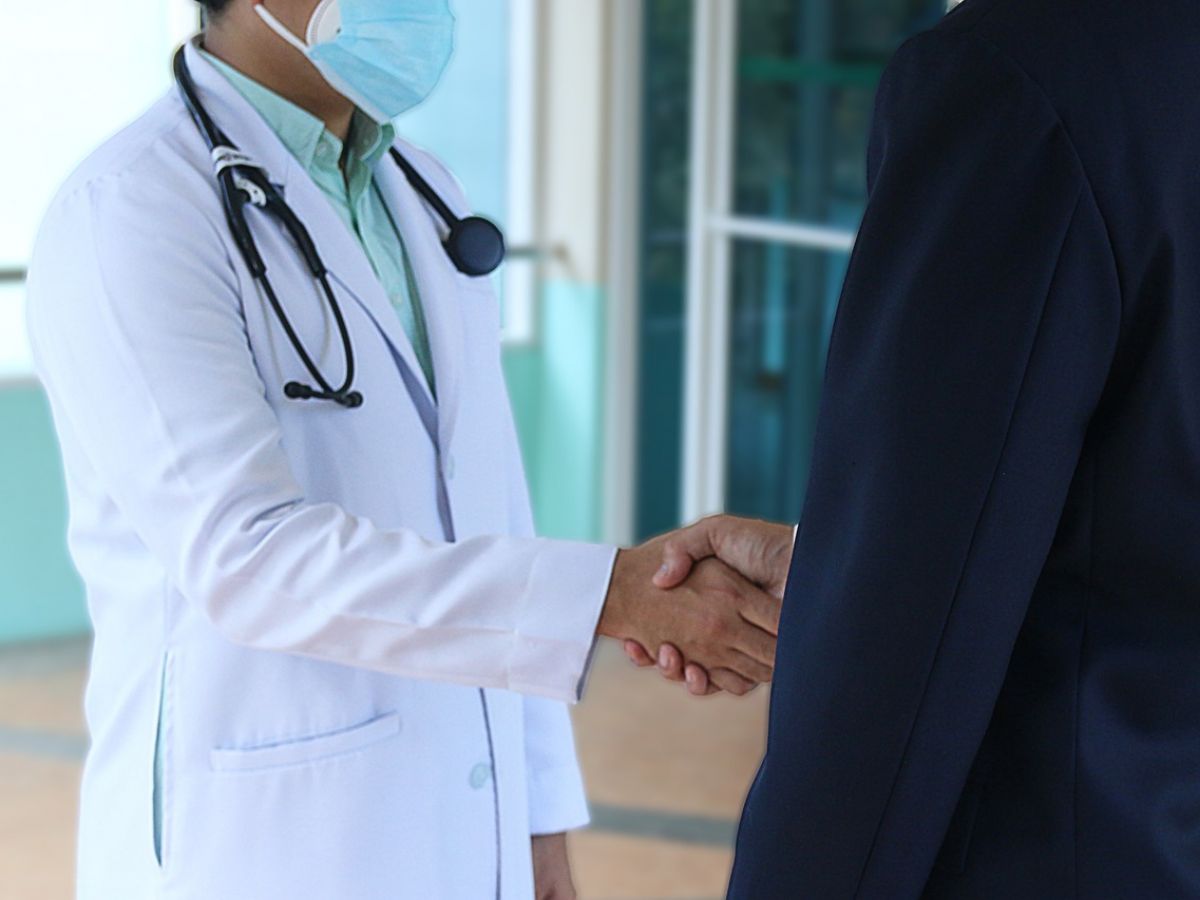“ 97% of the Academy of Medicine voted almost unanimously to say that we believe that SARS-CoV-2 originated from a laboratory error and that lessons must be learned from it to take precautions in the future.", reveals Professor Jean-François Delfraissy in a press conference at the Academy of Medicine on April 2, 2025. " It is true that as a virologist, I do not see many arguments in favor of the natural emergence of the SARS-CoV-2 virus.", adds Professor Christine Rouzioux, virologist at Necker Hospital (Paris). In a new report that these experts co-signed with others, the Academy of Medicine draws on the assessment of known elements on the origins of the Covid-19 virus to recommend a significant improvement in the monitoring of the emergence of zoonoses, and especially greater safety of biological manipulations in the laboratory.
More arguments for laboratory error
In 2019, the Wuhan lab was working on coronaviruses, this new report highlights. Another surprising element is that the first SARS-CoV-2 sequences obtained at the start of the epidemic in China were very homogeneous. An RNA virus mutates very quickly, so it is a virus that had circulated very little", comments Christine Rouzioux. Professor Patrick Berche, microbiologist, agrees. " Once in circulation, this virus explodes with mutations, but when it is discovered there is no sign of adaptation to an intermediate host!“.
In addition, the virus has in its genetic material the sequence of a cleavage site for a protein called furin. This feature facilitates the cleavage between S1 and S2 and greatly increases the affinity of the virus's Spike protein for human cells and therefore its infectivity.", explains Christine Rouzioux. Finally, Patrick Berche points out the strangeness of the epidemiology of the pandemic. The animals in the Wuhan market are being transported from other locations, yet there have been no animal or human outbreaks at the point of departure for these convoys. It's as if everything magically appeared in Wuhan.. »
A reality that does not fit with previous epidemics such as the SEAS (a cousin of SARS-CoV-2) in 2013, which triggered several distinct outbreaks. Conversely, there was little evidence supporting the possibility of the virus emerging naturally, as SARS-CoV-2 has never been found in an intermediate host and no ancestral virus has been identified, the scientists added.
Read alsoThe Covid pandemic? Five years later, the city of Wuhan has moved on
Better securing risky research
It remains to be seen what lessons can be learned, and that is the real objective of the report from the Academy of Medicine, which does not aim to resolve the question of the origins of Covid-19, which may never find a definitive answer. The work in progress in Wuhan was carried out in a BSL2 laboratory, therefore insufficient in terms of bioprotection of personnel and the environment.", points out Christine Rouzioux. BSL2 laboratories plan to use laminar flow hoods (with an air flow reducing the risk of contamination).
But handling dangerous viruses of this type would require more of a BSL3, providing for the wearing of masks, gowns, gloves and stricter waste disposal. It is therefore necessary to develop " a culture of risk and responsibility " among researchers, argue the scientists of the Academy of Medicine. " The risks are underestimated by a number of researchers", diagnoses Christine Rouzioux.
She and her colleagues are calling for the establishment of ethics committees with the power to stop experiments at any time up until publication if the danger is deemed too high, as is done by the Pasteur Institute. The issue is not about blocking research but about accepting that some research is too risky to be developed.", they insist. Finally, they propose the establishment of a "biological black box" which, as in aviation, would allow for better analysis of the causes and consequences after possible incidents.
Read alsoCO2 extends the lifespan of the Covid-19 virus
Increased surveillance of viral outbreaks
However, there is no question of forgetting the possibility of the virus emerging naturally, especially since the future occurrence of a new pandemic is not a matter of debate among scientists. The recommendations of the Academy of Medicine therefore extend to strengthening surveillance of the emergence of viruses through medical and veterinary networks. We must not wait for an epidemic to start to strengthen surveillance of virus circulation. We would like veterinary and human virological networks to work together, strengthen sample banks and harmonize databases.", explains Christine Rouzioux.
In this context, the withdrawal of the United States from the WHO and its financial support is of great concern to doctors. There cutting off American funding The fact that we are actually entering a risk zone, because Europe cannot compensate. We are all very worried.", confirms Jean-François Delfraissy, immunologist and President of the National Consultative Ethics Committee (CCNE). This report does not aim to ban dangerous experiments, which are sometimes necessary or justified, but to regulate them and raise awareness in the scientific community." he concludes.

